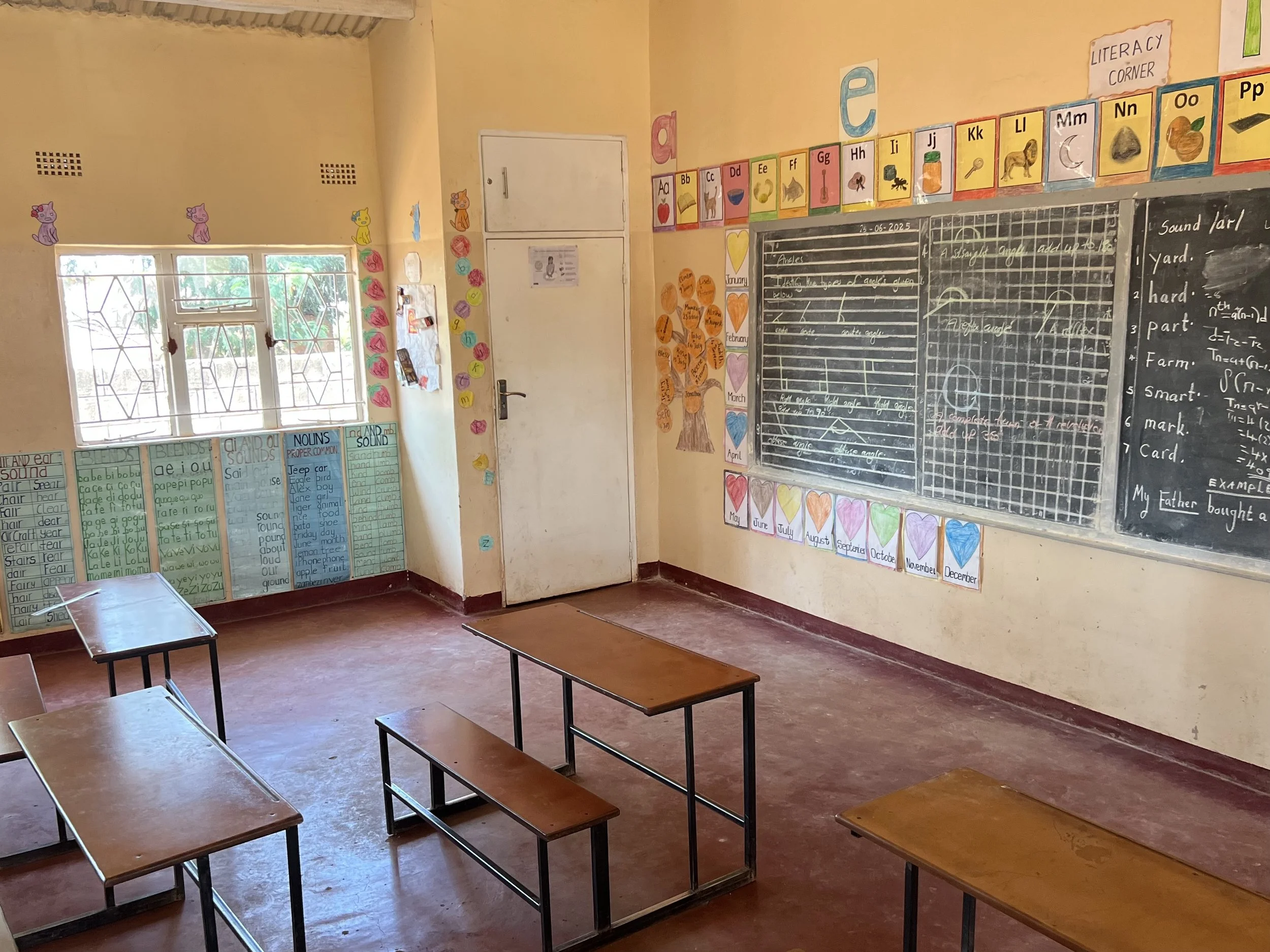It Takes a Village
One goal of our last trip to Zambia was to visit a wide variety of schools that might need our help and meet the people on the ground making these schools run. We were in constant motion from the time we hit the ground on June 22 to the time we left, just ten days later. The schools we visited and the people we met—teachers, students, administrators, and government officials—were both inspiring and enlightening, giving us so many ideas of how we could contribute in our small way to their missions. In the posts to come, I want to introduce you to these schools and communities and to the projects, small and large, we have in mind for each. But first, I think a quick primer on the educational structure in Zambia (as I understand it) is in order.
International Schools
At the tippy top in terms of cost and educational quality are the international schools, private schools attended mostly by children of expats, diplomats, and wealthy Zambians. These are the equivalent of our elite private schools in the States.
Private Schools
One rung down is a huge swath of “private schools”, some with religious alignment and some without. The cost of these schools, as well as access to resources for students, ranges greatly. What distinguishes them is that there is a cost to attend and the student-teacher ratio is smaller than at no-cost schools. Tuition ranges from the equivalent of $200–1000 US dollars per year, making these an option for middle- and working-class families, albeit one that can come with great sacrifice for the family. Additional elements to consider with this category of school are transport fees, uniform costs, sports program costs, and special programs like field trips.
Government Schools
Government schools are like our American public schools. They are funded by the government and there are no tuition costs, though the families are usually required to buy a uniform and pay for lunch and sports fees. These schools have much larger classes, much higher student to teacher ratios, and limited resources.
Community Schools
And finally, there are the community schools. As their name suggests, these schools are supported by the communities they serve, with usually some small stipend coming from the government to support teacher pay or a lunch program, though not always. Families are not required to pay any tuition for these schools, nor are uniform, lunch, or sports fees required. The class sizes are big (think 70 students in a class) and the teachers are few (maybe 6–8 for a school of 900). The teachers work with two to three sessions of students a day, with the aid of volunteer teachers who are paid whatever can be raised by the community. These schools have few resources, but they provide a learning environment for every child, which in and of itself is huge. In many community schools, untrained teachers with no resources simply try to teach basic literacy and math skills to students who may have no choice but to leave school periodically to work and help their families survive.
Across the range of school types, widespread poverty in the country means that large numbers of students never complete school. Only 67.5 percent of students who complete primary education (up to grade 7) pursue their studies in secondary schools. Many simply can’t afford it. Nevertheless, Zambian schools are full of hard-working teachers and students who dream of a better educated future. The dedication to these schools from the school administrators and teachers and community members is palpable. By and large it is the community schools and some of the more modest private schools we feel we can help through specific projects and resources—from a water pump to sponsoring a volunteer teacher to delivering sanitary supplies via the foundation’s new Pad Project Zambia to constructing a much-needed classroom. In these ways big and small we can all become part of the “village” that supports these children.
